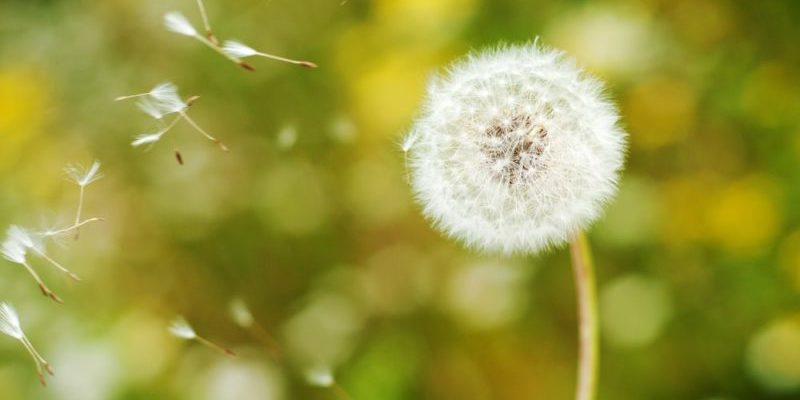Plants can reproduce sexually or asexually depending on the species. It is known as seed dispersal to the natural way in which the seeds are spread to be able to reproduce sexually like other plants. For instance: dispersion by action of water, dispersion by adhesion to certain animals.
The female plants they are the ones that produce fruit. These are similar to the ovaries, and inside are the seeds that, when germinating, will become a new plant.
The seeds have different sizes, in relation to the amount of nutrients in each one. A large seed has more nutrients than a smaller one. Large seeds, however, have the disadvantage that they cannot travel long distances.
Ways of seed dispersal

The seeds have different forms of dispersion:
- Wind dispersal. When the seeds are light and the trees are in windy areas, dispersal can occur through the action of gusts of wind. If the winds are strong they can carry the seeds hundreds of kilometers away. For the plant to germinate, the seeds must fall into fertile soil.
- Dispersion by action of water. When the seeds are not too heavy and the trees that produce the fruit are on the banks of a river, they can fall into the water and be moved to lower ground areas.
- Dispersion by adhesion to certain animals. Many seeds (especially light ones) are dispersed by adhering to feathers or the skin of some animals. In this way, they can travel great distances until they come loose and fall.
- Dispersal by burial of animals. Some seeds are buried by certain animals (especially rodents) that “they forgetSaid seeds. This is the case of squirrels and acorns.
- Dispersion through animal digestion. Many animals eat the fruit of the plants, move around and then defecate them. This allows the seeds to reproduce far from the mother plant and, on the other hand, defecation provides nutrients. If the seed is defecated in fertile soil and the environmental conditions allow it, the plant will germinate. This phenomenon occurs in both terrestrial and aquatic animals (the pacu fish carries the seeds of the tucum palm, for example).
